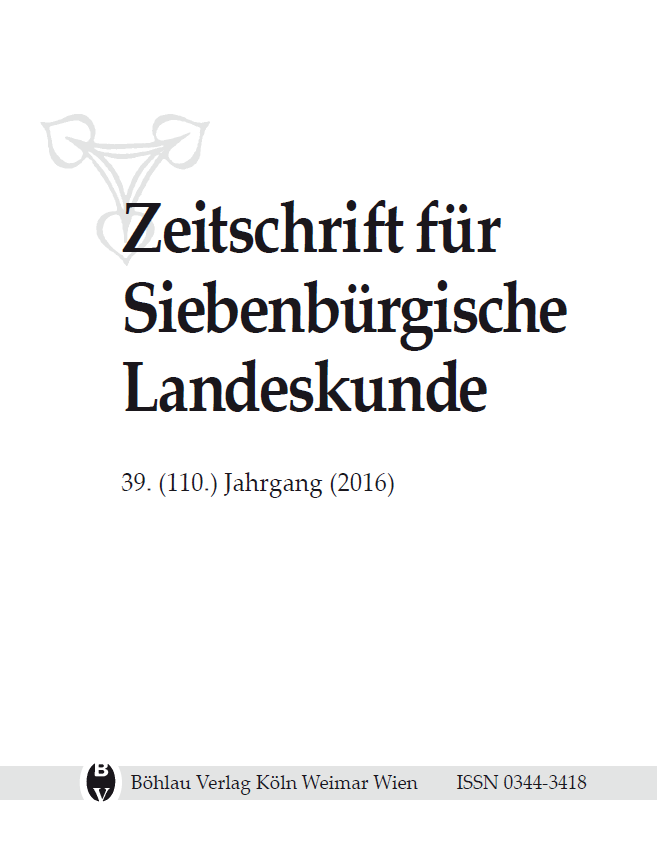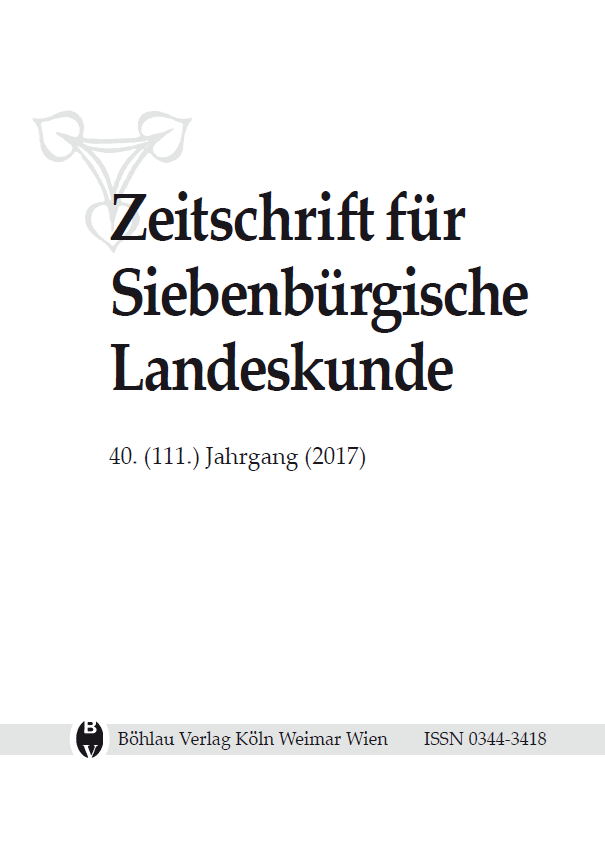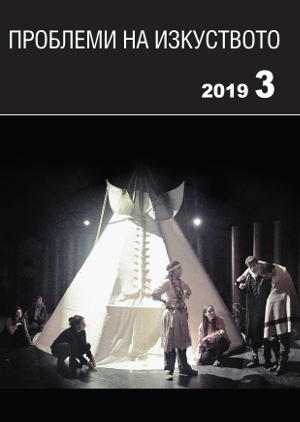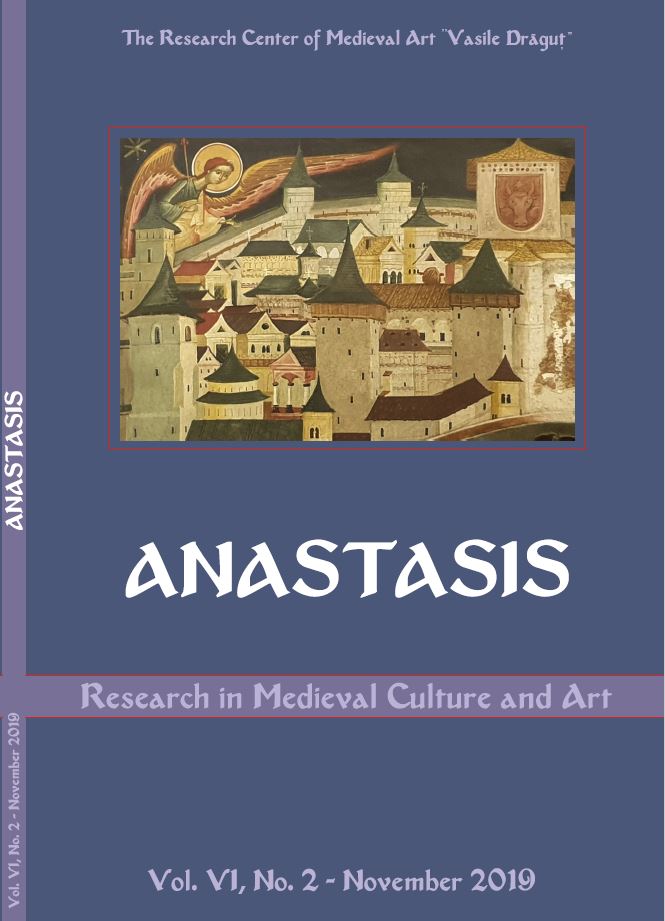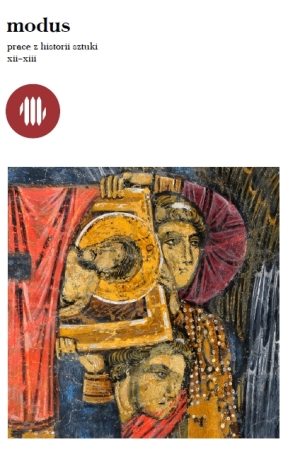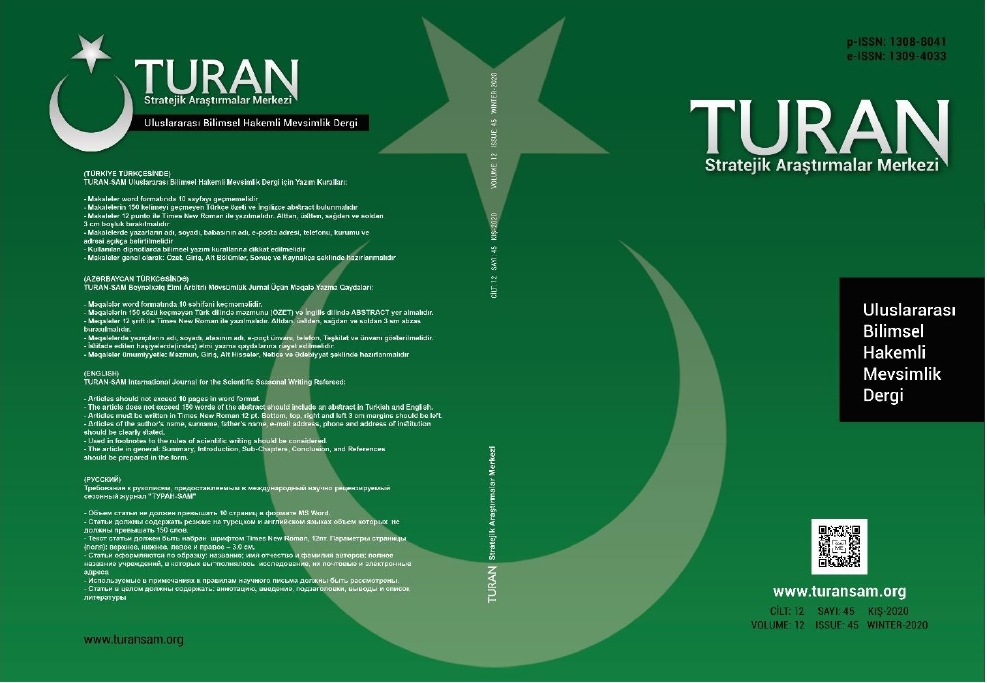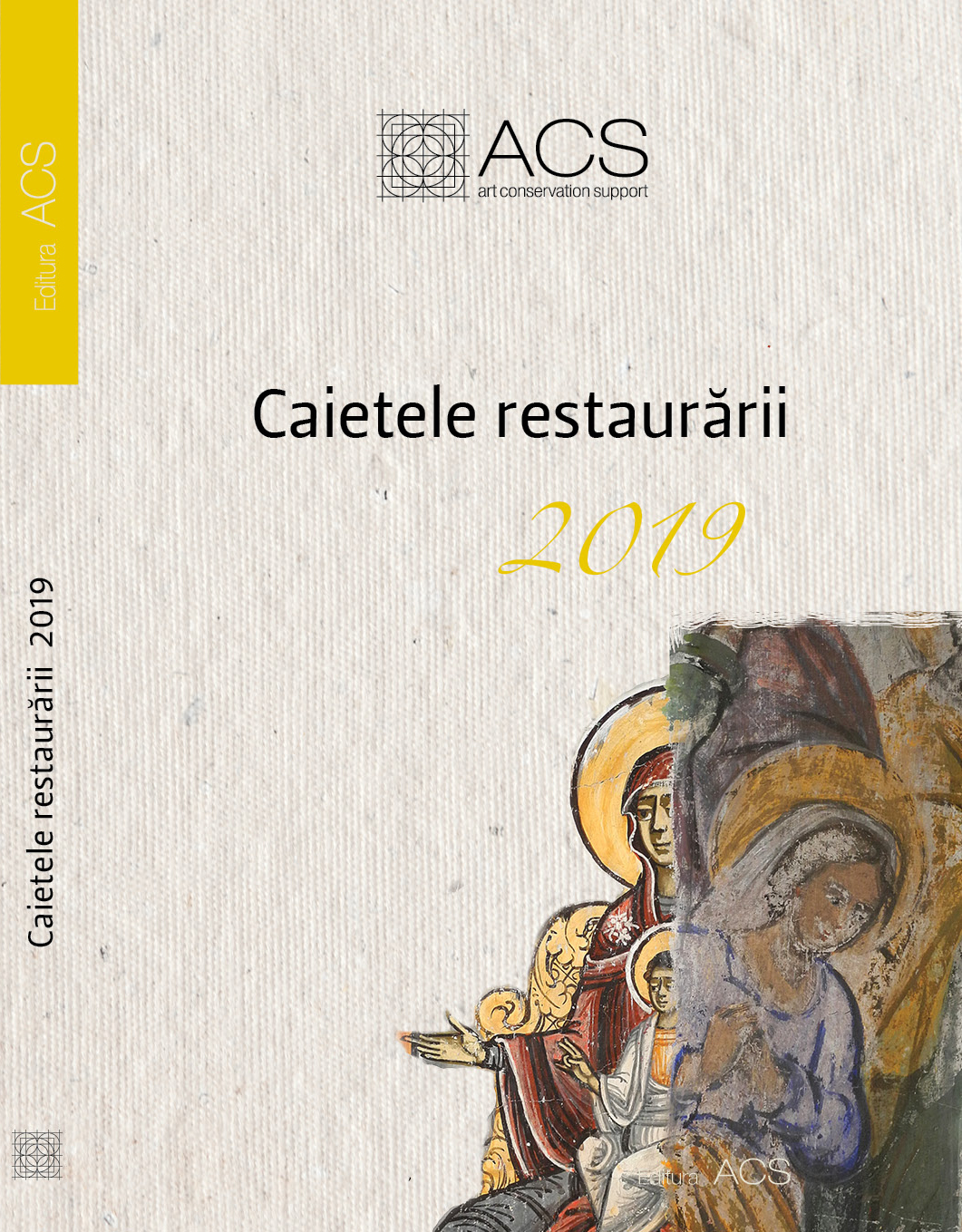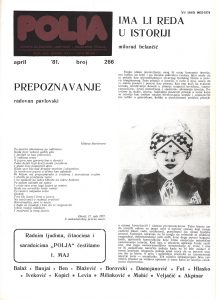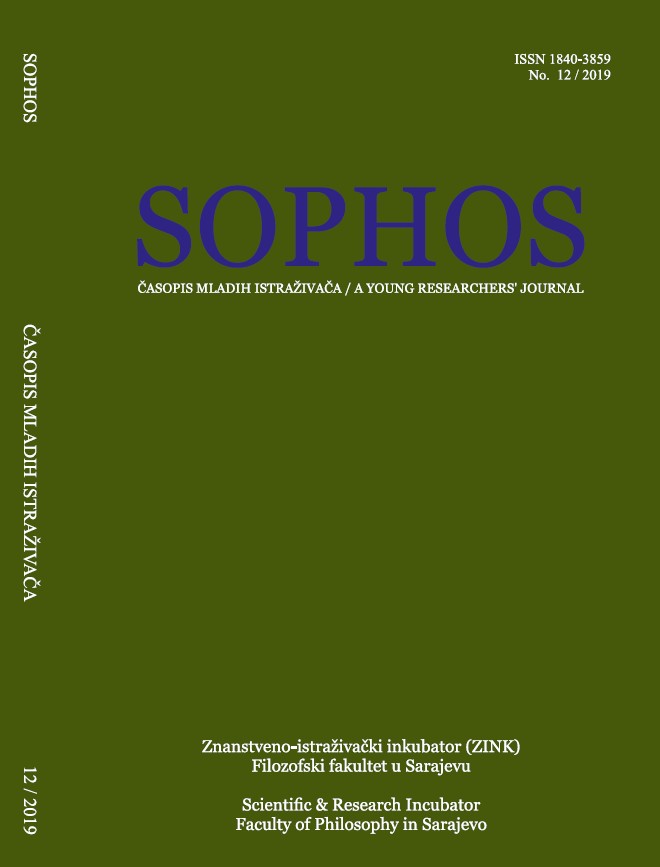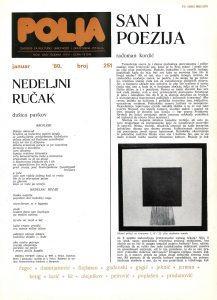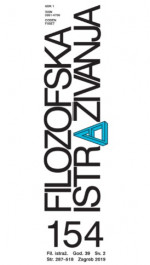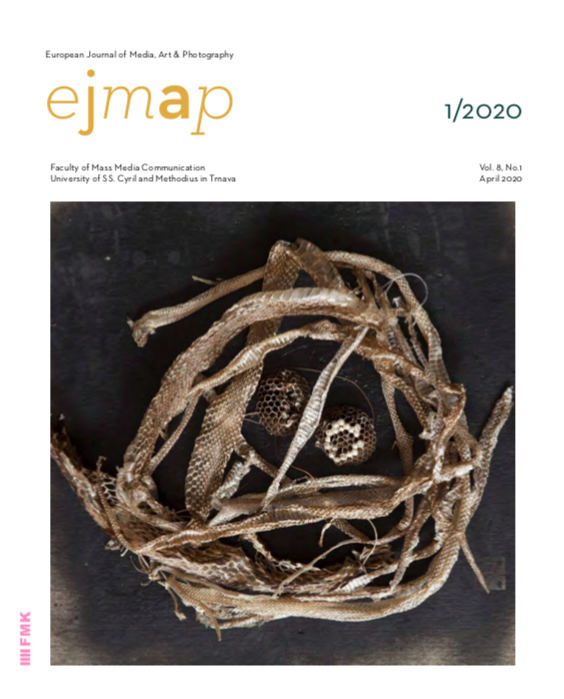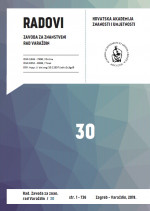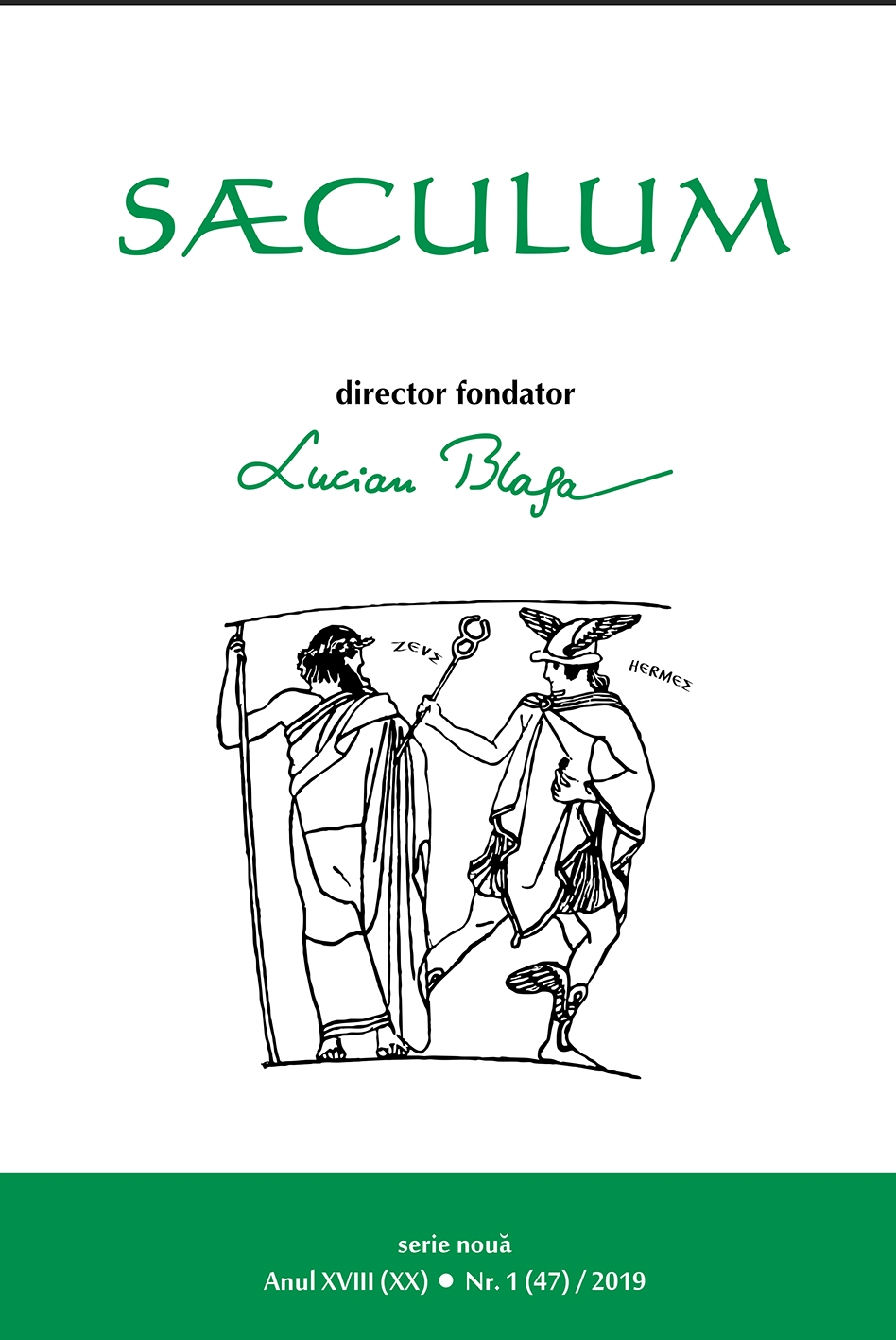
CHOREOGRAPHING KANDINSKY´S ´SPIRITUAL´ IN SERGEI DIAGHILEV´S <<BALLETS RUSSES>>
The purpose of this article is to demonstrate that Wassily Kandinsky’sgeometrical paintings were inspired by the ballet world, and by the body movements of theballerina. Moreover, painting and ballet communicate with each other. And geometry hashelped that. Then, the idea of this article starts with the necessity in relating Kandinsky′sSpiritual theory on non-materiality exposed in Über das Geistige in der Kunst with SergeiDiaghilev′s Ballets Russes brought on Parisian scene between 1909s and 1929s. BalletsRusses is the term which names all the ballet representations thought and designed bySergei Diaghilev after his musical-cultural conflict with Nikolai Rimski Korsakov. Startingwith 1907s, Kandinsky had initiated Der Blaue Reiter group and he starts with variousdrawing techniques. Were favourable years in which Kandinsky′s evolution from simpledrawings to sophisticated Compositions got up. We are witnessing a cultural increasement.So, the ballet, the music, the theatre and the painting can not be separated any moreor, at least, or, at least, cannot be thought of separately as systems of aesthetic theory.The aesthetic evolution from ballet and theatre had influenced the evolution in painting.What we will try to show as novelty in our investigation, is the kinetic and spiritualrelation between Kandinsky′s Compositions and some representations from Ballets Russesby Sergei Diaghilev, especially with the «L’Oiseau de feu». In conclusion, we want toshow how the lines designed by Wassily Kandinsky are describing ballet’s movements.The methods used in our research have consisted in the inter-artistic comparison betweenWassily Kandinsky’s theory of painting and the ballets designed by Sergei Diaghilev.We also brought a philosophical and personal perspective on both worlds.
More...
